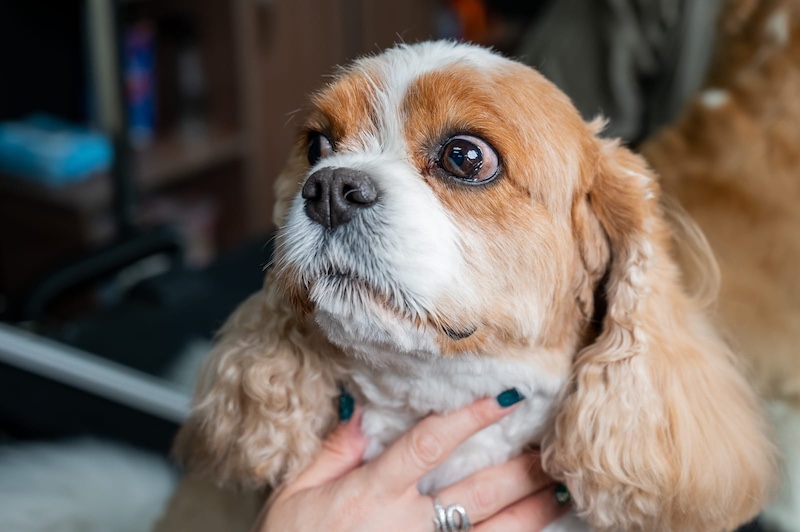Dogs, much like humans, have specific preferences when it comes to sounds. While some sounds can be soothing or even exciting for dogs, others can be a source of great discomfort or fear. Understanding the sounds that dogs hate can help pet owners create a more comfortable and stress-free environment for their furry friends. Here are ten sounds that many dogs find unpleasant and why they might react negatively to them.
1. Thunderstorms
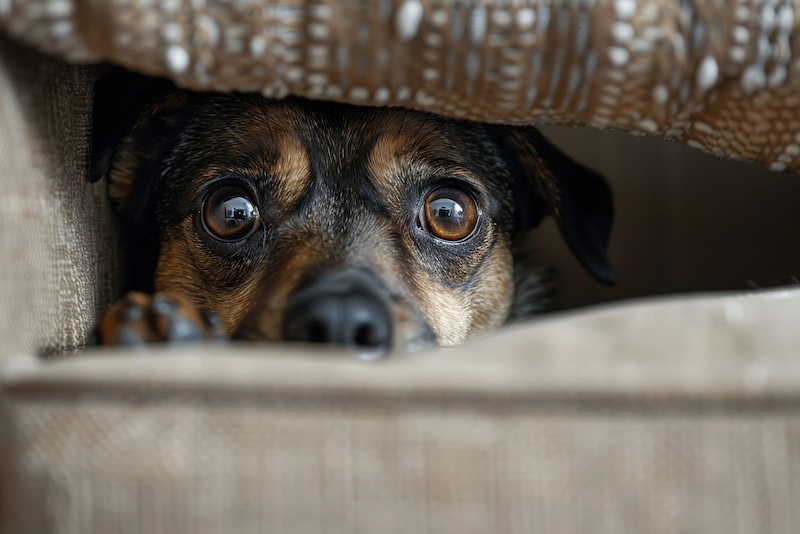
Thunderstorms are a common source of anxiety for many dogs. The combination of loud thunderclaps, the change in atmospheric pressure, and the flashing lightning can be overwhelming. Dogs have keen senses and can detect the storm’s approach long before humans do, which can lead to increased stress and anxiety. Providing a safe and quiet space during storms can help alleviate some of their fears.
2. Fireworks

Fireworks are another major stressor for dogs. The unpredictable, loud bangs and bright flashes can be terrifying. Unlike thunderstorms, fireworks are often accompanied by human celebrations, which can add to the chaotic environment. Dogs may try to hide, run away, or exhibit destructive behavior when exposed to fireworks. Using calming aids like anxiety wraps, calming music, or even consulting a vet for anxiety medications can help manage their fear during fireworks displays.
3. Vacuum Cleaners

The sound of a vacuum cleaner can be extremely disturbing for dogs. The loud noise, combined with the movement of the machine, can be perceived as a threat. Some dogs may bark at the vacuum cleaner, while others might try to escape to a quieter place. Gradual desensitization can help dogs get used to the sound of the vacuum cleaner, making it less stressful over time.
4. Sirens

Sirens from ambulances, fire trucks, and police cars can cause dogs to howl or become anxious. The high-pitched, wailing sound is not only loud but can also be confusing for dogs, who might be trying to locate the source of the noise. Keeping windows closed and using white noise machines can help muffle the sound of sirens, providing some relief for your dog.
5. High-Pitched Noises
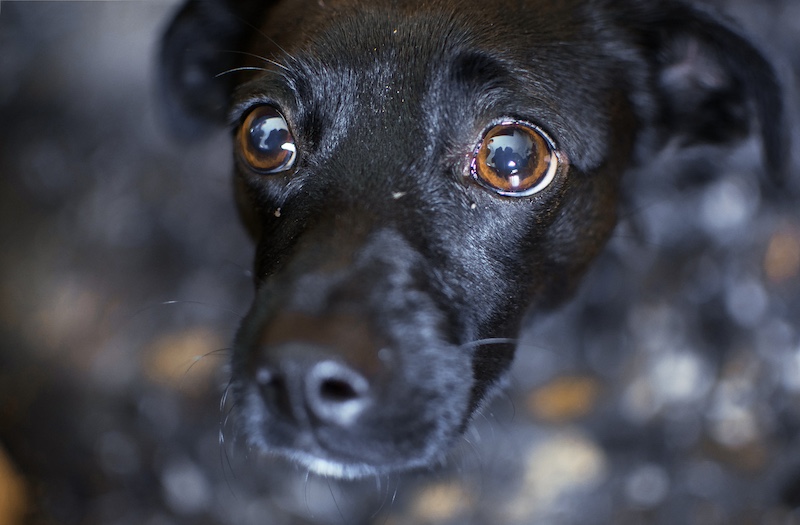
Certain high-pitched noises, such as alarms, whistles, or even some electronic devices, can be particularly distressing for dogs. These sounds can be piercing and uncomfortable, often causing dogs to whimper, bark, or try to escape. Identifying and minimizing exposure to such noises can help keep your dog calm and happy.
6. Construction Noises

The sounds of construction—jackhammers, drills, and heavy machinery—can be very disturbing for dogs. These noises are not only loud but also unpredictable, making them a source of anxiety. If you live near a construction site, consider providing a quiet, interior room for your dog to retreat to during peak noise periods.
7. Balloons Popping

The sudden and unexpected pop of a balloon can startle dogs and cause a significant fear response. The loud, sharp noise can be interpreted as a potential threat. To help alleviate this fear, avoid popping balloons around your dog and create a positive association with balloons through gradual desensitization and rewards.
8. Loud Music
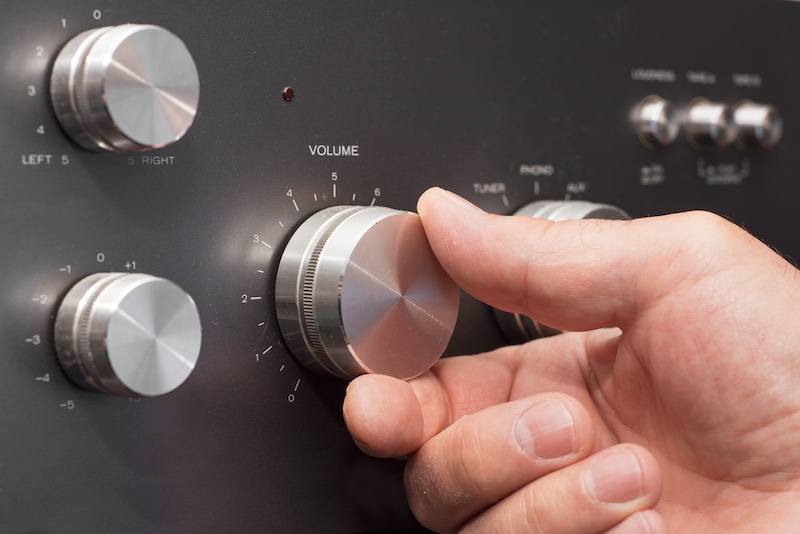
While some dogs might enjoy certain types of music, loud and bass-heavy music can be unsettling. The vibrations and volume can be overwhelming, causing stress and anxiety. Keeping music at a moderate volume and observing your dog’s reactions can help ensure that your pet remains comfortable.
9. Arguments and Yelling

Dogs are highly attuned to their owners’ emotions and can become stressed when there is yelling or arguing in the home. The loud, aggressive tones can be frightening, leading to anxiety and behavioral issues. Maintaining a calm and peaceful environment can help keep your dog relaxed and secure.
10. Dog Whistles
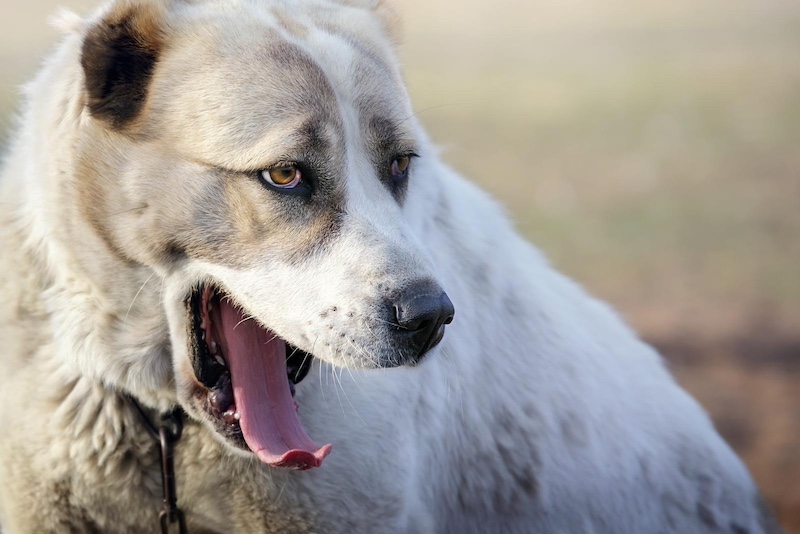
Dog whistles emit a high-pitched sound that is often inaudible to humans but can be very irritating to dogs. While these whistles are sometimes used for training, they can cause discomfort and stress if used improperly. It’s essential to use dog whistles sparingly and ensure they are employed in a way that doesn’t cause undue stress to your pet.

